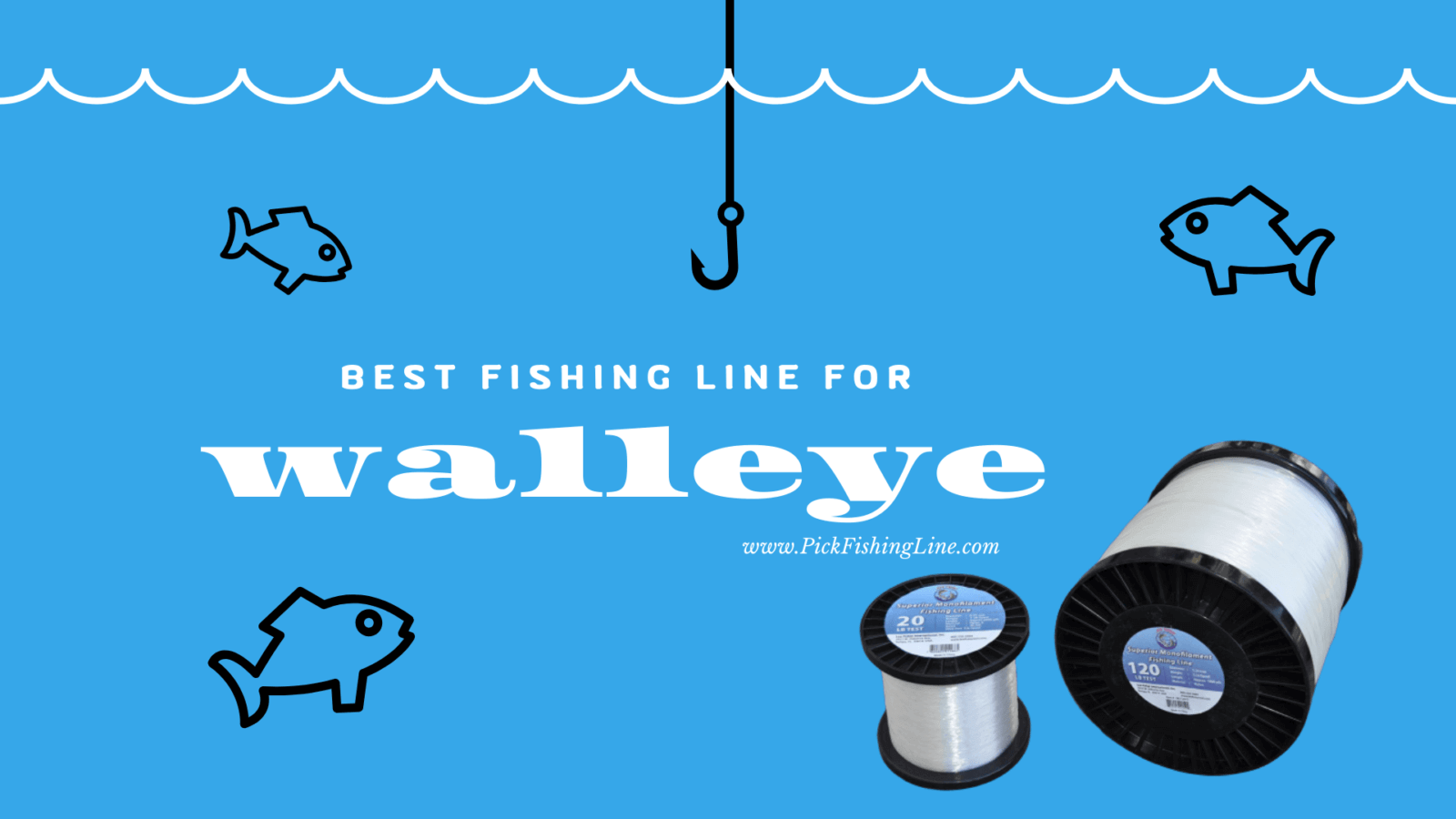Vrsumo.com is designed to immerse users in the captivating world of virtual reality, where technology meets creativity in an unparalleled way. With advancements in VR technology, individuals can now experience environments and scenarios that were once confined to the realms of imagination. The platform serves as a comprehensive resource for enthusiasts, providing insights into the latest trends, innovations, and applications of virtual reality across various fields. Whether it’s for gaming, education, or training simulations, Vrsumo.com highlights the transformative power of VR and its ability to create engaging and interactive experiences.
The potential of virtual reality extends beyond mere entertainment; it has become a vital tool for various industries seeking to enhance user engagement and learning. From healthcare simulations that allow medical professionals to practice procedures in a safe environment to architectural visualizations that enable clients to walk through buildings before they are constructed, the applications are vast and varied. Vrsumo.com aims to keep users informed about the evolving landscape of virtual reality, showcasing how this technology can be harnessed to improve processes and foster innovation. As the digital world continues to expand, understanding the implications of VR will be crucial for both individuals and businesses eager to stay ahead in a rapidly changing environment.
Vrsumo.com: Your Gateway to the Best Virtual Reality Experiences
Virtual reality (VR) is an exciting technology that allows users to immerse themselves in computer-generated environments. With advancements in hardware and software, VR has become increasingly accessible and popular across various fields. This article offers a comprehensive overview of virtual reality, its applications, and its future prospects.
What is Virtual Reality?
Virtual reality is a simulated experience that can replicate or create an environment that users can interact with in a seemingly real way. This technology typically involves the use of VR headsets, which provide a 360-degree view and sensory feedback. Users can move around and engage with the virtual surroundings, making it an engaging experience.
History and Evolution of VR
The concept of virtual reality dates back several decades, but significant advancements have occurred in recent years. From the early mechanical devices to today’s sophisticated VR systems, the technology has evolved immensely.
Key Milestones in VR Technology
- 1960s: Development of the first head-mounted display.
- 1980s: Introduction of the term “virtual reality” by Jaron Lanier.
- 1990s: Launch of early commercial VR products.
- 2010s: Resurgence of interest with consumer VR headsets like Oculus Rift.
Impact of VR on Various Industries
- Entertainment: Transformation of gaming and movie experiences.
- Healthcare: Enhanced training and treatment methods.
- Education: Innovative ways to engage students in learning.
- Real Estate: Virtual property tours and design visualizations.
Applications of Virtual Reality
Virtual reality has a wide array of applications across different sectors, each leveraging its unique capabilities to improve processes and experiences. From gaming to professional training, VR is making a significant impact.
VR in Gaming and Entertainment
Gaming is one of the most prominent areas where virtual reality has made a mark. It offers players an immersive experience that traditional gaming cannot match.
Popular VR Games and Experiences
- Beat Saber: A rhythm-based game that combines music and motion.
- Half-Life: Alyx: A story-rich game set in a detailed VR world.
- VR Chat: A social platform where users can interact in virtual spaces.
Future Trends in Gaming VR
- Increased realism with advanced graphics and haptic feedback.
- Expansion of multiplayer VR experiences.
- Integration of AI for dynamic gameplay.
VR in Education and Training
Virtual reality is changing how education and training are conducted, providing hands-on experiences that enhance learning and retention.
Benefits of VR in Learning Environments
- Engagement: Interactive simulations capture students’ attention.
- Accessibility: Learning can happen anywhere and anytime.
- Real-World Applications: Students can practice skills in a safe environment.
Case Studies of VR in Education
- Medical training programs using VR for surgical simulations.
- History lessons that transport students to historical events.
Training Simulations Across Industries
- Firefighter training with realistic scenarios.
- Military use of VR for tactical training.
Healthcare Innovations with VR
In the healthcare sector, virtual reality is being utilized for various innovative applications that enhance medical training and patient care.
VR for Medical Training and Procedures
- Simulation of surgeries for hands-on practice.
- Training for emergency response scenarios.
Patient Care and Therapy Applications
- VR therapy for anxiety and phobia treatment.
- Pain management through distraction techniques.
Future of VR in Healthcare
- Increased integration in medical education.
- Enhanced patient engagement and understanding of procedures.
Architectural and Design Applications
In architecture and design, virtual reality offers unique tools for visualizing and presenting projects before they are built.
Visualizing Projects with VR Technology
- Realistic walkthroughs of architectural designs.
- Interactive modifications during the design phase.
Benefits for Architects and Clients
- Improved client understanding of spaces.
- Reduced changes during construction due to clear visualization.
Case Examples of Architectural VR
- Virtual open houses for real estate.
- Design revisions made in real-time with clients.
Future of Virtual Reality Technology
The future of virtual reality technology is bright, with many advancements expected to further integrate VR into daily life and various industries.
Predictions for VR in the Next Decade
- Wider adoption in remote work and collaboration.
- Advancements in mobile VR technology.
Emerging Trends and Technologies
- Enhanced social VR experiences.
- Integration with augmented reality (AR) for hybrid applications.
Challenges Facing the VR Industry
- High costs of entry-level VR systems.
- Need for improved content and experiences.
How to Get Started with VR
Getting started with virtual reality is easier than ever, thanks to a variety of options available for consumers.
Choosing the Right VR Hardware
- Consider the type of VR experience desired (gaming, education, etc.).
- Evaluate compatibility with existing devices.
Best VR Headsets Available
- Oculus Quest 2: Standalone headset with a wide range of games.
- Valve Index: High-end headset for immersive gaming.
Essential Accessories for VR Users
- Controllers for enhanced interaction in virtual environments.
- VR gloves for advanced tactile feedback.
Community and Resources for VR Enthusiasts
Joining the virtual reality community offers opportunities to connect with others and learn more about this exciting technology.
Joining the Virtual Reality Community
- Participate in VR meetups and events.
- Engage in discussions on social media platforms.
Online Forums and Social Media Groups
- Reddit communities focused on VR topics.
- Facebook groups for VR enthusiasts and developers.
Resources for Learning VR Development
- Tutorials on platforms like YouTube and dedicated websites.
- Online courses for VR development skills.
“`
Frequently Asked Questions
This section addresses common inquiries about Vrsumo.com, shedding light on the fascinating aspects of virtual reality technology and its applications. Explore these questions to gain a deeper understanding of how VR can be utilized across various fields.
What is virtual reality?
Virtual reality (VR) is an immersive technology that simulates realistic environments through digital means. Users typically wear headsets that provide a 3D experience, allowing them to interact with virtual spaces. This technology is used in gaming, training, and more, transforming how experiences are perceived and engaged with.
How can VR be applied in education?
Virtual reality offers innovative educational tools that enhance learning experiences. By simulating real-life scenarios, students can engage with material in a hands-on manner. For example, VR can transport learners to historical events or scientific environments, making complex concepts more accessible and engaging.
What industries benefit from VR technology?
Numerous industries leverage virtual reality to improve processes and engagement. Key sectors include healthcare, where VR aids in training and simulations; architecture, where it allows clients to visualize projects; and entertainment, enhancing gaming experiences. This versatility highlights VR’s potential across various fields.
How does Vrsumo.com keep users informed about VR trends?
Vrsumo.com serves as a comprehensive resource for the latest developments in virtual reality. The platform offers insights into emerging technologies, applications, and industry trends. By providing updates and articles, it ensures users remain knowledgeable about advancements and opportunities in the VR space.
What role does VR play in training simulations?
Training simulations using virtual reality create safe environments for practical learning. Industries, such as healthcare, use VR to prepare professionals for real-life situations without the risks associated with traditional training. This approach enhances skill acquisition and confidence among trainees, leading to better performance in actual scenarios.
Can VR be used for wellness and therapy?
Yes, virtual reality is increasingly utilized in wellness and therapy settings. It can facilitate relaxation, exposure therapy, and even rehabilitation. By creating controlled environments, therapists can help clients confront fears or practice mindfulness, showcasing VR’s role in mental health and emotional well-being.





